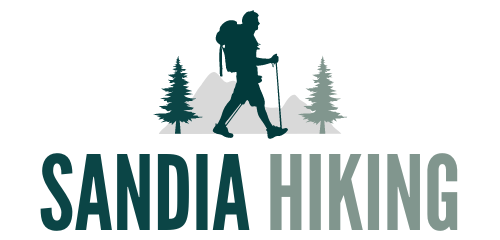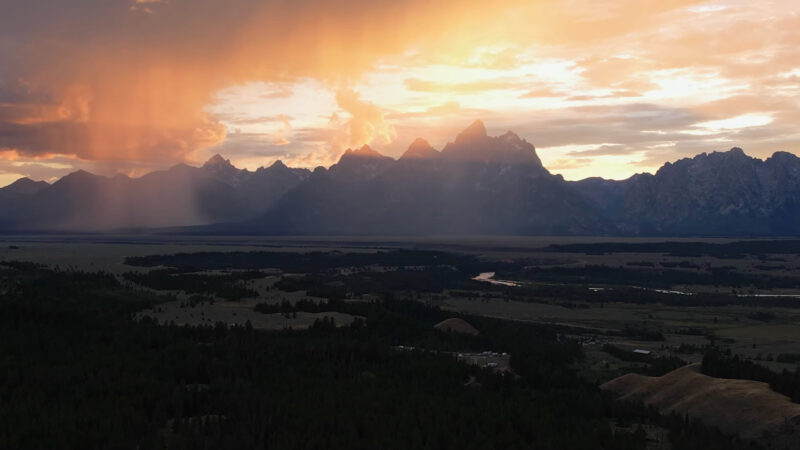The Teton Crest Trail offers a hiker’s paradise, winding through some of the most stunning landscapes in Grand Teton National Park. This epic trail stretches approximately 40 miles and takes you from the Phillips Pass Trailhead to the Leigh Lake Trailhead, showcasing breathtaking views and diverse terrains. If you’re looking for the ultimate hiking adventure, the Teton Crest Trail is your answer.
As you traverse this trail, you’ll encounter iconic spots like Paintbrush Divide and Marion Lake. Each turn presents new vistas, whether it’s lush meadows, alpine lakes, or rugged peaks.
To make the most of your journey, know that the best campsites, like Death Canyon Shelf and North Fork Cascade Canyon, are highly sought after and offer unbeatable views.
For the best trails and outdoor adventures, explore top hikes in Austin here.
Planning Your Teton Crest Trail Hike
To hike the Teton Crest Trail, you’ll need to plan your permits, determine the best time to go, and arrange your transportation and shuttles. Each of these elements is crucial to a successful hike.
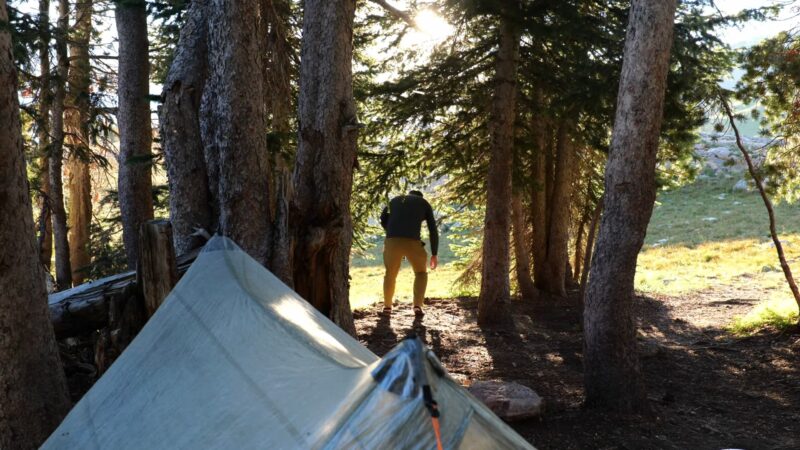
Permits and Regulations
You’ll need a backcountry permit to hike the Teton Crest Trail. These are available online through the National Park Service website. It’s recommended to reserve your permit months in advance, as spots fill up quickly.
Permits are required year-round and specify your camping zones each night. Stick to your assigned zones to protect the environment and follow Leave No Trace principles. Bear canisters are mandatory for food storage due to the area’s high bear activity.
Best Time to Hike
The ideal months for hiking the Teton Crest Trail are July through September. During these months, snow has melted from the high passes, and daytime temperatures are manageable.
Early July can still have snow patches at higher elevations, while late September may see early snowfall.
Wildflowers bloom in late July and early August, making this a scenic time to hike. Avoid shoulder seasons due to unpredictable weather and trail conditions.
Transportation and Shuttles
You’ll likely start your hike at Phillips Pass Trailhead and end at Leigh Lake Trailhead. Arranging transportation and shuttles is essential for a smooth trip. Local shuttle services are available to help hikers connect between these points.
Parking is typically permitted at the trailheads, but spots can fill up quickly. Public transportation options are limited, so coordinating with a shuttle service is recommended. Double-check the shuttle schedules as they can vary seasonally.
Trail Overview
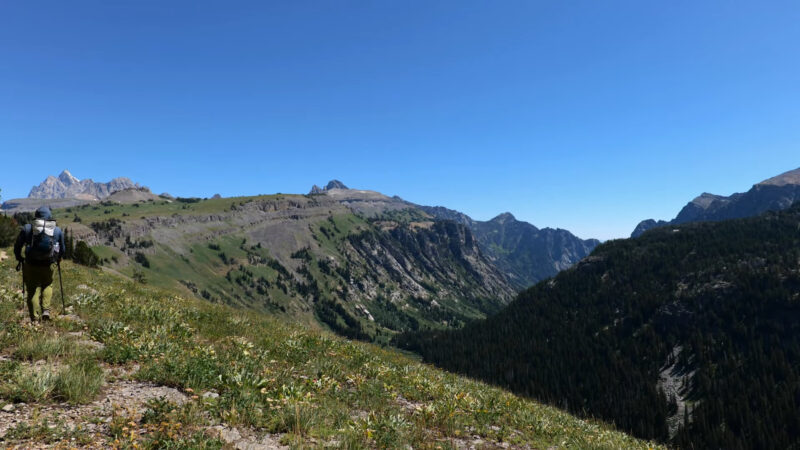
The Teton Crest Trail offers a stunning 40-mile journey through Grand Teton National Park. It provides diverse route options, key landmarks, and requires moderate to difficult hiking skills.
Route Options and Itineraries
You can start the Teton Crest Trail from various trailheads, but the most recommended route begins at Phillips Pass Trailhead and ends at Leigh Lake Trailhead on String Lake. This takes you from Highway 22 in the south to the base of Paintbrush Divide in the north.
Alternate starting points include the Granite Canyon Trailhead and Death Canyon Trailhead, giving you flexibility based on your schedule and fitness level.
Itineraries can range from 3 to 6 days, depending on your pace and how many scenic detours you take.
Key Landmarks and Scenic Points
You will encounter several breathtaking landmarks along the Teton Crest Trail:
- Hurricane Pass: Overlooks the Grand Teton and Middle Teton, offering some of the most spectacular views.
- Paintbrush Divide: Provides panoramic vistas and is a must-see for photographers.
- Death Canyon Shelf: Known for its wide-open views and unique geology.
- Marion Lake: A serene spot ideal for a rest or picnic.
Lakes, forests, and wildflower meadows are frequent along the route, making the journey varied and visually pleasing.
Difficulty and Trail Conditions
This trail is rated as moderate to difficult. You should be prepared for elevation changes, gaining more than 8,000 feet at the highest point and descending nearly 7,600 feet.
Steep sections and stream crossings are common, and some parts have inclines up to 34%. The trail can be rocky, requiring good footwear and trekking poles.
The best times to hike are late June to early September when the weather is most favorable and snow has mostly melted from the higher elevations.
Gear and Preparation
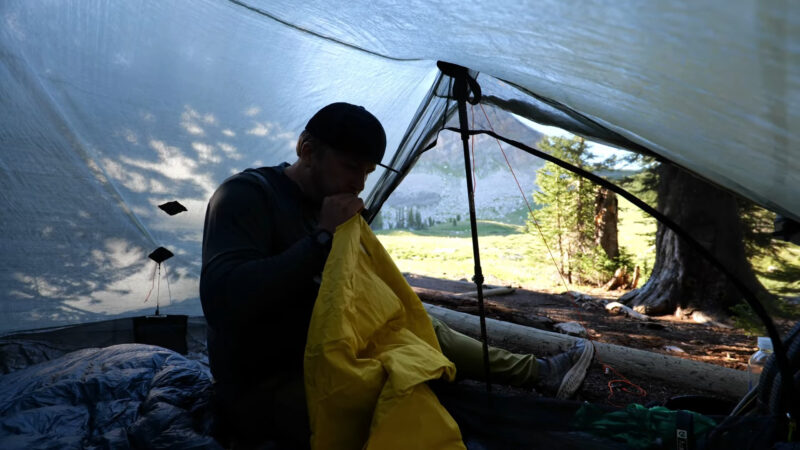
To have a successful trek on the Teton Crest Trail, you need to bring essential gear, prepare your food and water carefully, and prioritize safety and navigation. Below are the key areas to focus on.
Essential Gear List
- Backpack: A sturdy, comfortable backpack is vital. Aim for a capacity of 50-65 liters.
- Shelter: A lightweight, weather-resistant tent or tarp. Make sure it’s easy to set up.
- Sleeping Bag: Rated for temperatures around 20°F (-6°C). Consider a lightweight sleeping pad for added comfort.
- Clothing: Layered clothing is essential. Include moisture-wicking shirts, insulating layers, and waterproof outerwear.
- Footwear: Choose sturdy hiking boots that are well broken-in, along with moisture-wicking socks.
- Cooking Gear: A portable stove, fuel, lightweight pots, and utensils. Don’t forget a lighter or waterproof matches.
- First Aid Kit: Include bandages, antiseptics, pain relievers, and any personal medications.
- Lighting: A headlamp or flashlight with extra batteries.
- Miscellaneous: Bring a multi-tool, duct tape for repairs, and trekking poles if preferred.
Food and Water Considerations
- Food: Calculate the calories needed for your entire trip. Aim for lightweight, high-calorie foods like dried fruits, nuts, energy bars, and dehydrated meals.
- Water: Carry a minimum of 2 liters per person at all times. Plan your route around water sources and refill whenever possible.
- Water Purification: A reliable water filter or purification tablets are essential. Water from streams and lakes should always be treated before drinking.
- Bear-Proof Containers: Use bear-proof canisters for food storage. Hang food at night if bear canisters are unavailable.
Safety and Navigation
- Map and Compass: Carry a detailed map of the Teton Crest Trail and a reliable compass. Know how to use them.
- GPS Device: A handheld GPS or smartphone with offline maps can provide extra security.
- Weather Check: Always check the weather forecast before you start and prepare for sudden changes. Bring extra layers in case of cold weather.
- Emergency Communication: Carry a whistle and a personal locator beacon or satellite phone for emergencies.
- Trail Etiquette: Follow Leave No Trace principles and be considerate of other hikers.
- Permit: Ensure you have the necessary permits for overnight stays in the park.
Conservation and Leave No Trace Principles
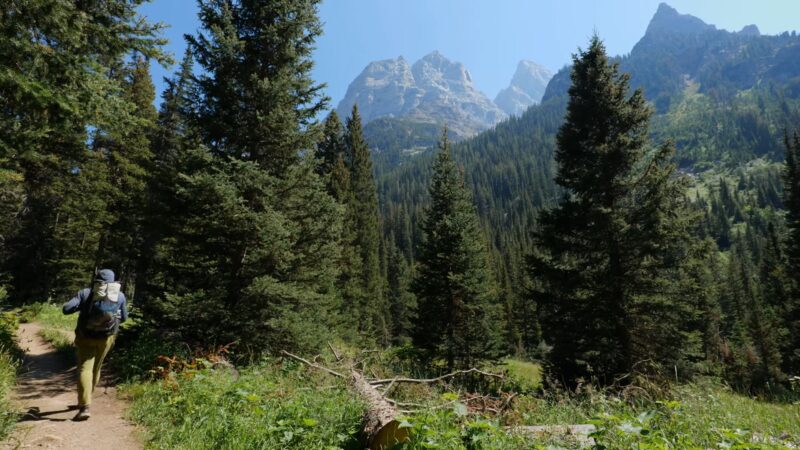
When hiking the Teton Crest Trail, it’s crucial to follow conservation and Leave No Trace principles. These principles help preserve the natural environment for future generations.
- Plan Ahead and Prepare: Research your route. Check trail conditions. Make sure you know if there are any fire bans or other regulations.
- Travel and Camp on Durable Surfaces: Stick to existing trails and campsites. Avoid walking on vegetation. Use established campsites whenever possible.
- Dispose of Waste Properly: Pack out all trash, leftover food, and litter. Use a portable toilet or dig a small hole for human waste, at least 200 feet away from water sources.
- Leave What You Find: Don’t take rocks, plants, or other natural objects. Avoid damaging cultural or historical sites.
- Minimize Campfire Impact: Use a camp stove instead of a campfire. If you must have a campfire, keep it small and use established fire rings. Make sure the fire is completely out before leaving.
- Respect Wildlife: Observe animals from a distance. Don’t follow or approach them. Store food securely to avoid attracting wildlife to your campsite.
- Be Considerate of Other Visitors: Keep noise levels down. Yield to other hikers on the trail. Respect the experience of fellow visitors.
Practicing these Leave No Trace principles ensures you contribute to the conservation of the Teton Crest Trail. Your actions can help keep it beautiful and wild.
